All businesses would like their customers to be satisfied and loyal. However, this is not easy to achieve. In order to accomplish that goal many actions need to be done, but most importantly the management, the philosophy and the operations of the business must be updated.
The management must be willing to implement these updates.
Moreover, the philosophy of the business must have as a primary focus the customer satisfaction that leads to loyalty.
Finally, all the operations should be done so that they deliver that result.
Imagine that all the operations are conducted on a stage, having as actors the employees of the company. The spectators are the customers (that many times are also the actors/employees that buy the products and services from the company they work for) that see all the time the whole stage and interact constantly with the actors/employees. At the end of every play, the spectators/customers either they like the experience they had (in other words, they become satisfied), either they do not and they become dissatisfied.
If they are dissatisfied, they will not want to see that play again.
When they like the experience they had, spectators/customers will want to see that play again and probably they will recommend it to others (acting as advocates). To put it differently, they will buy the products or services of that company repetitively (as long as the experience is always memorable to them) and the result is loyalty.
If business desires to have satisfied and loyal customers it would be a good idea to implement the following best practices in the whole play.
- Build trust and confidence with your customers
- Offer tangible benefits
- Offer social benefits
- Offer special treatment
- Try to be the only one that can cover their needs (no other alternative) – Differentiate
- Listen carefully and every time your customers – Create products and services they really want
- Offer more than it is expected
- Conduct often marketing research – Measure their satisfaction, correct mistakes in your operations or products and optimize
- Communicate and interact with your customers through social media
- Increase the quality of your service – Make memorable the experience that your customer has
- Train very well and often your personnel
- Reward employees that offer better service
- Offer rewards to your clients for recommending you
- Increase the switching costs (monetary, psychological, social etc.)
- Increase the perceived risk (of not making the right choice if they go to your competitor)
- Be gentle
- Be responsive
- Saw empathy
- Deliver your promises
- Deliver on time
- Respond very quickly to every request
- Make client satisfaction a priority in your management
- Try to remember the names of your clients and their preferences
- Make a good impression at every stage of contact (touch point) – Have always ready a scenario – Offer the same level of service and experience everywhere and every time
- Build a strong brand name –through your marketing and advertising
- Associate your brand psychologically with your clients. (Values, likes, beliefs, etc.)
- Convenience – Be present in every POS – Try to communicate with your customers at every possible time
- Build relationships
- Be proactive
- Follow the strategy – Highest possible quality for the best possible price
I hope these practices will help you. Please do not forget that your business must continuously deliver, if not maximize, the best possible product and service experience for your customers. It is a never-ending process, but it is worth it.
Which of these practices do you follow?

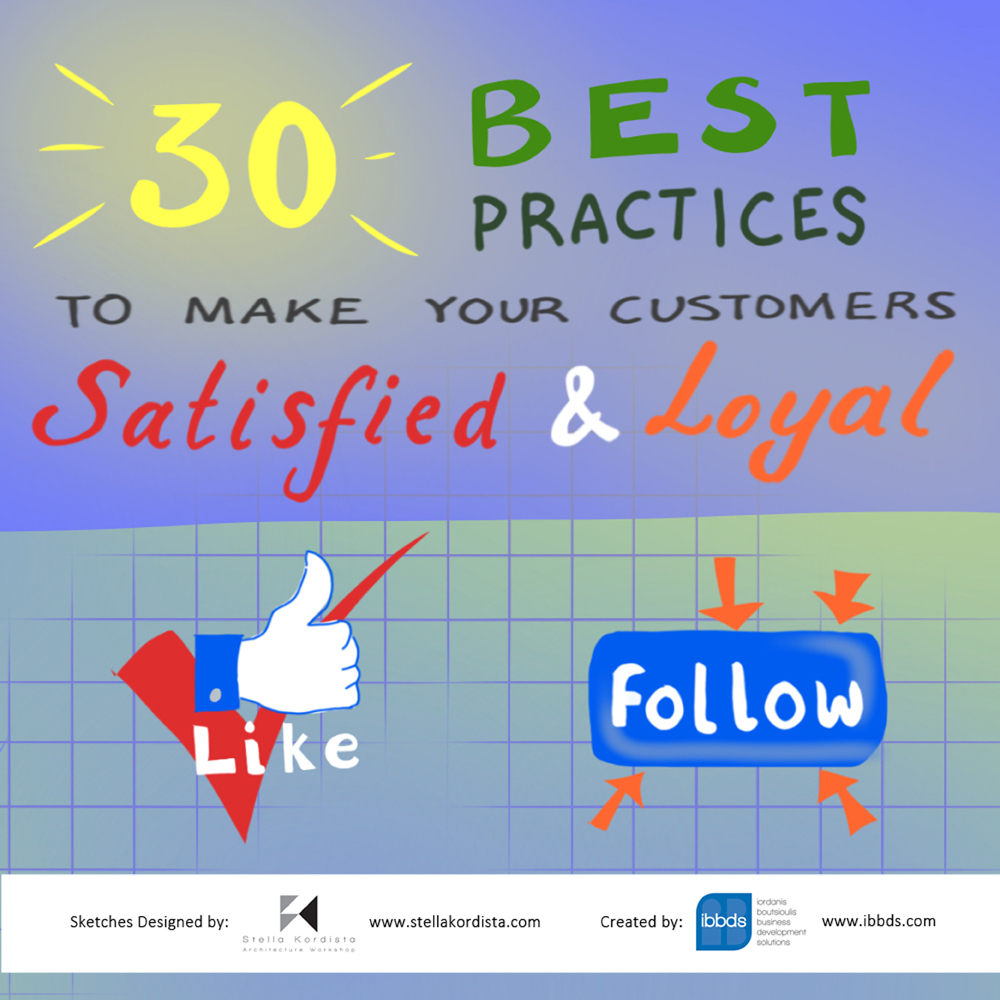









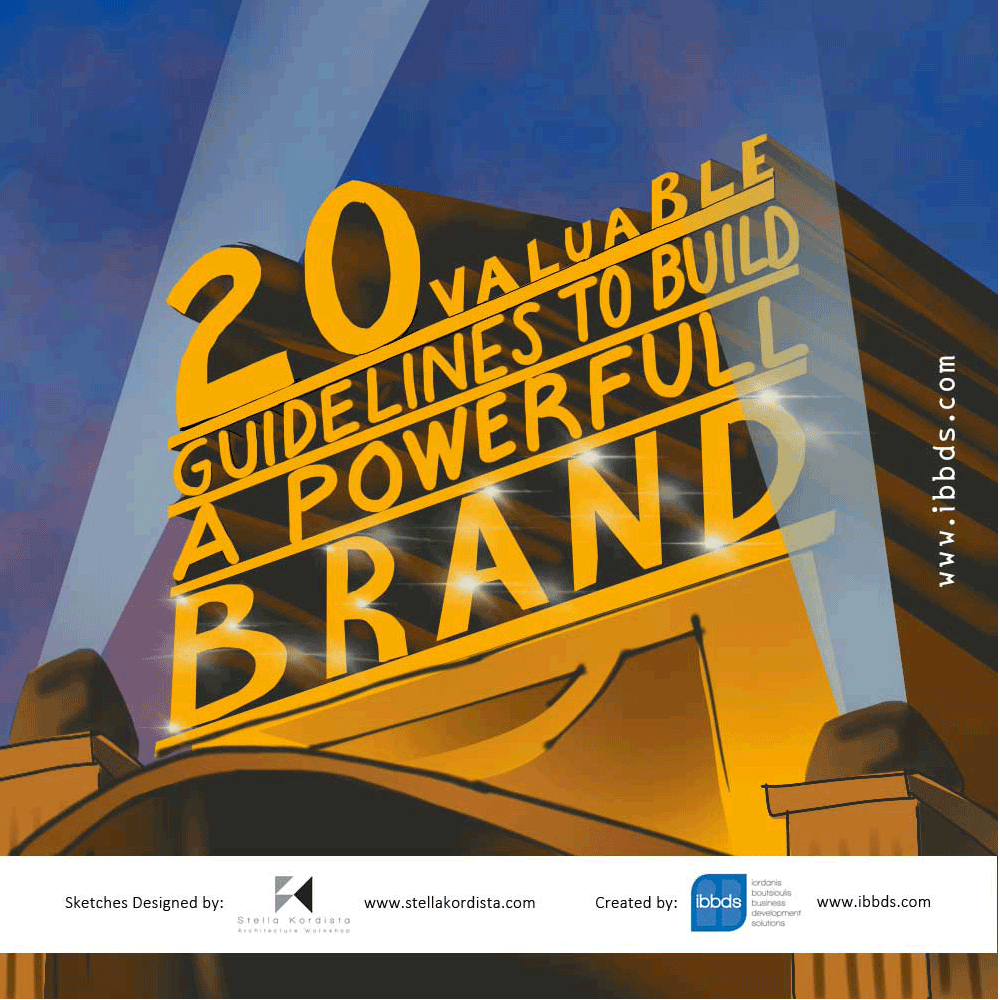






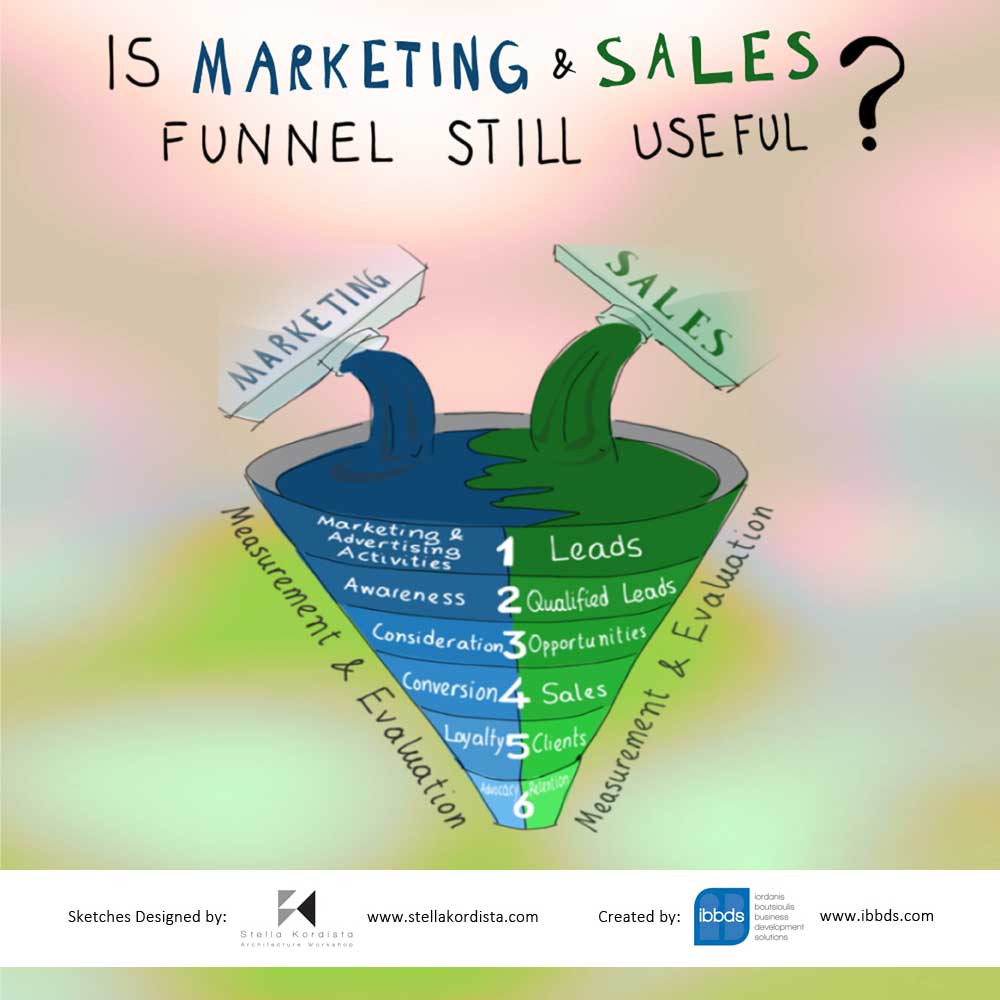




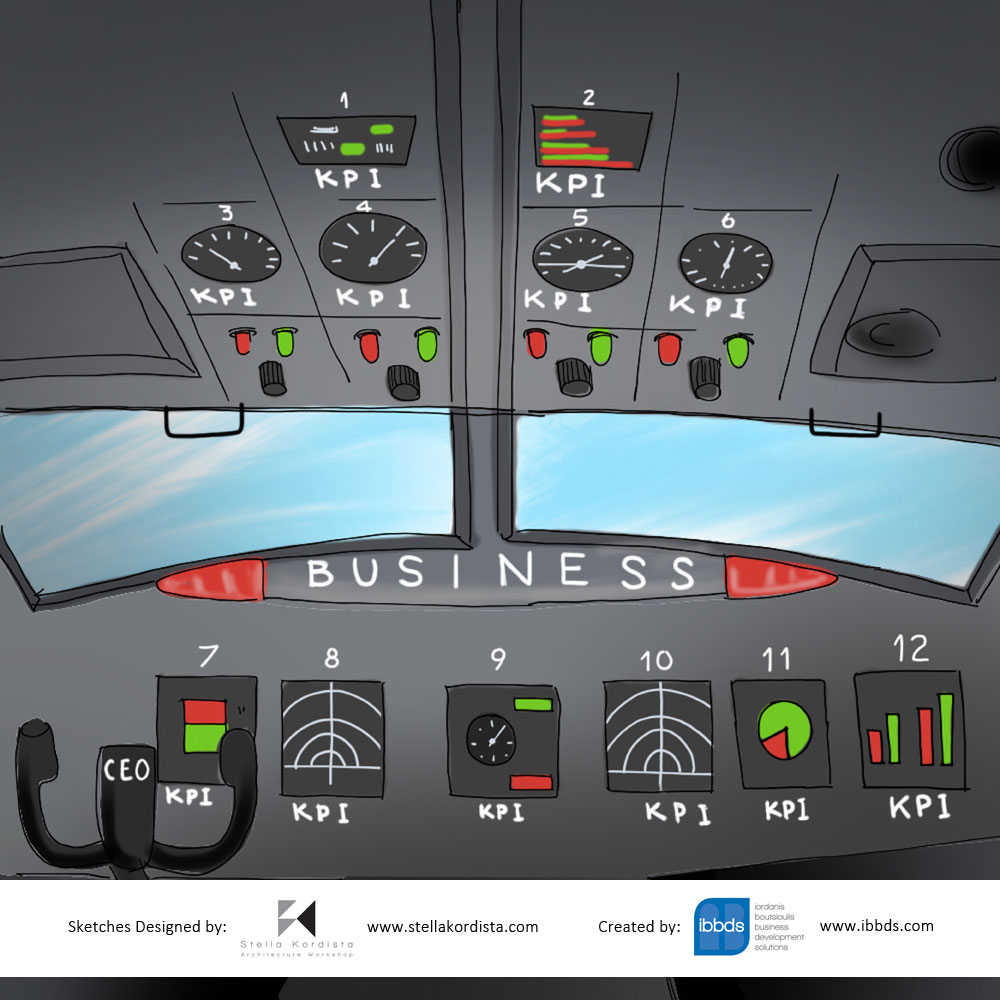
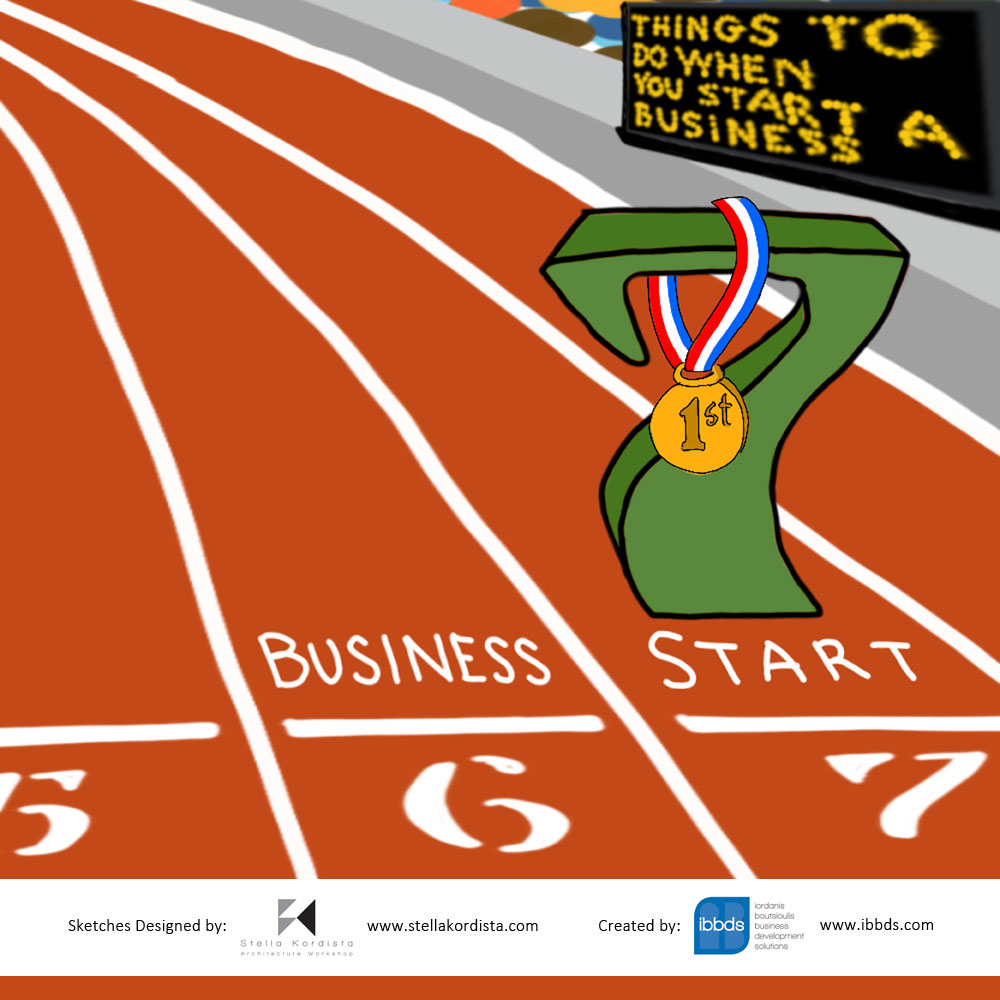
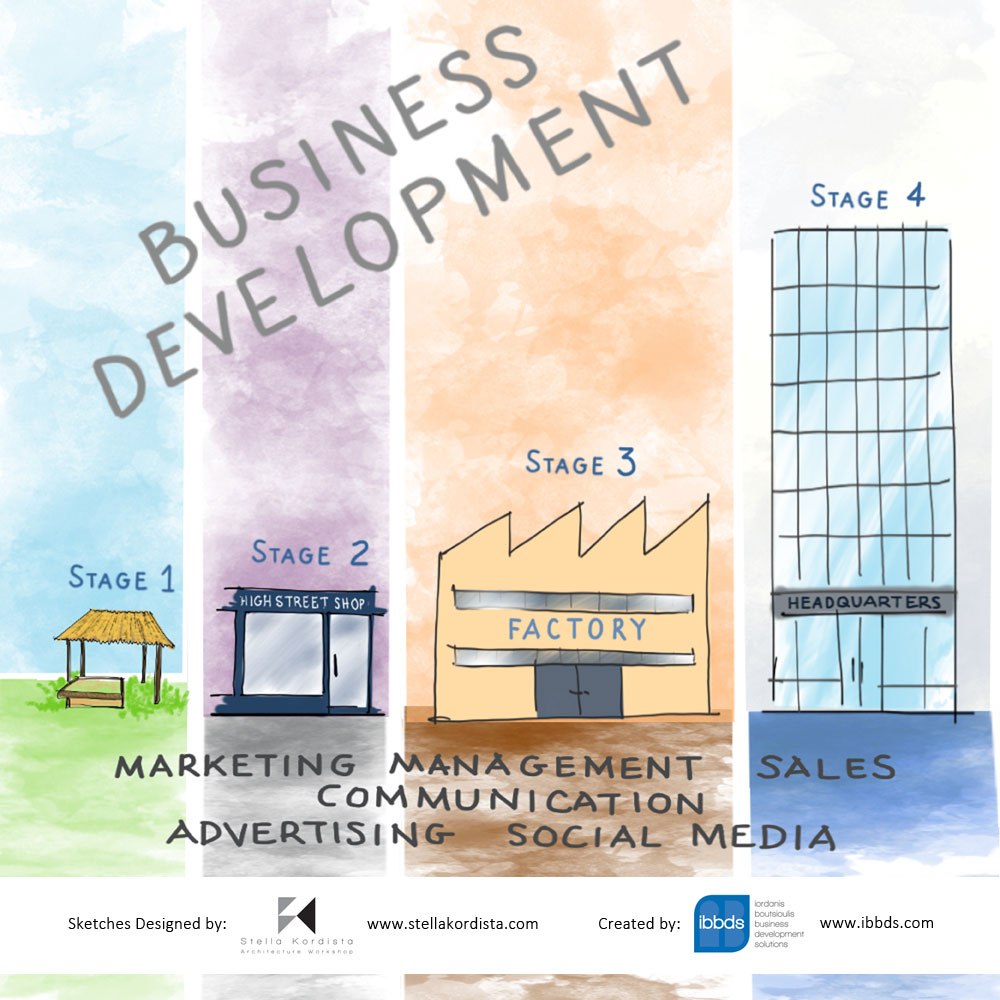



























Subscribe for free ibbds newsletters!
Receive the latest & most exclusive growth hacking & top business development tips & much more from ibbds
You have Successfully Subscribed!
Your privacy is very important to me. Your personal information will never be shared with unrelated third parties.